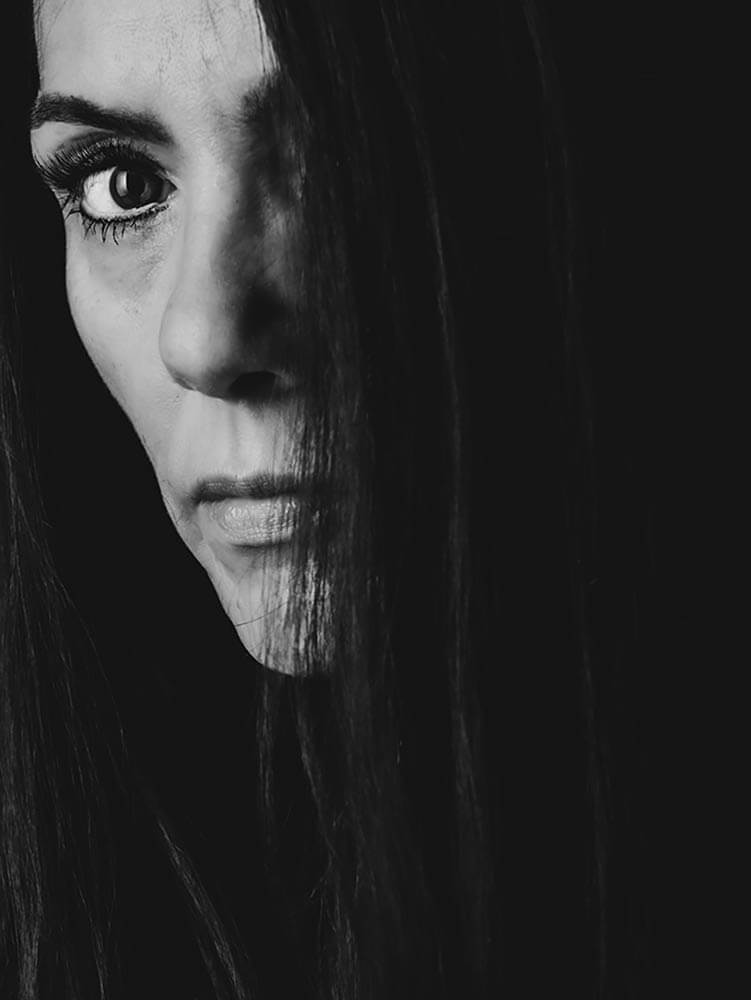Jennifer Baron is a Dutch photographer based in Amsterdam. After many years in the field of education, she has decided to pursue her passion for photography. Her journey into the world of visual storytelling has culminated in the recent publication of her self published debut book, ‘Frozen August.’ ‘I translate my feelings in my work using universal themes that deal with grief, trauma, loss and healing. There is always an autobiographical element present. Making visible experiences, pain and traces left behind. In my work, abstraction alternates with intimacy and emotion.’
Statement
Jennifer’s photographic work is a visual dance that encourages the viewer to explore the subtle balance between the intangible and the tangible, the distant and the immediate. It’s in the contrasting elements of her art that a strong feeling emerges, motivating people to explore their own feelings and experiences.
She believes that black and white photography has a unique ability to capture the raw essence of human emotions and experiences. It gives the viewers the opportunity to fill in the colors of their own emotions and interpretations. Her work is deeply rooted in her personal experiences and emotions.
‘I translate my feelings in my work using universal themes that deal with grief, trauma, loss and healing. There is always an autobiographical element present. Making visible the experiences, the pain and the traces left behind. In my work, abstraction alternates with intimacy and emotion.’
Frozen August
When you have experienced a loss, you can go a long time without dealing with it. You get carried away by everyday life. Suddenly that grief is there again. Why you can still grieve intensely even years after the death of a loved one.
‘My work gives an insight into my grieving process over the sudden death of my brother in August 1990. After 33 years of keeping silent about this, this wound is still so palpable. My world in darkness invites you to follow the trail of emotions. Body and nature become landscapes of mourning. Light and dark are about hope and despair. By combining various media; photography, sketches and publication book, my project Frozen August came about.’
